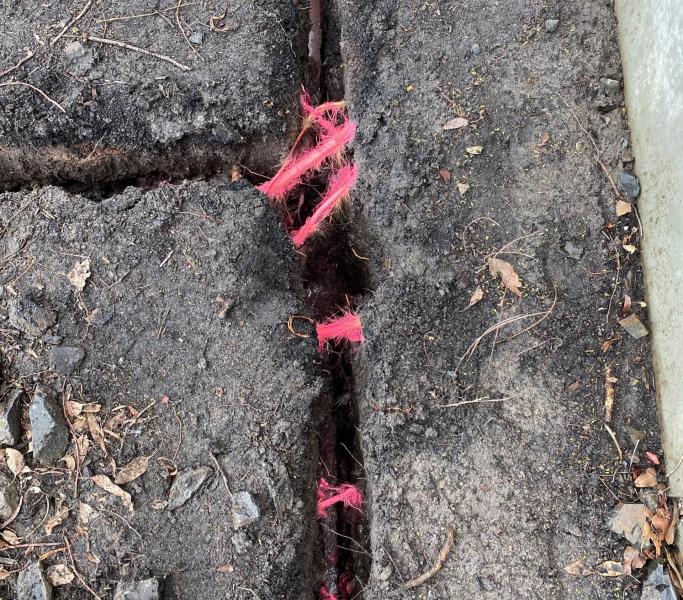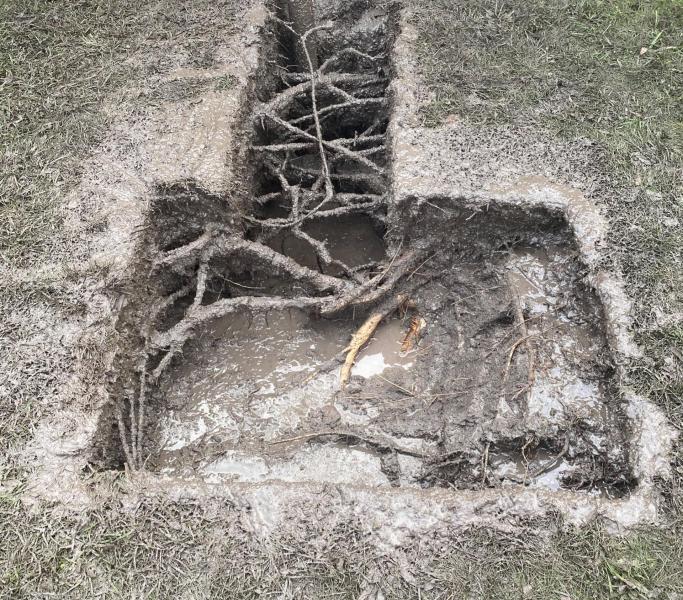TREE ROOT INVESTIGATION
Tree roots are critical to the longevity of a tree and are often neglected in the urban forest. Building development commonly harms tree roots which can lead to a spiral of decline in a tree’s health. There are few tree care options once root damage has occurred, most of which are ineffective and expensive. As such, preventing root damage is not only far better for the tree's overall health and structure, it also tends to be cheaper. Rigoni Tree Solutions offers Non-Destructive Root Investigations (NDRI) which identifies the location of each tree root, and can be used to prevent root damage and to justify major intrusions during the development process.
SERVICES
TREE ROOT INVESTIGATION
If structural roots have been damaged or severed the stability of the tree may be compromised. Reimbursement can be pursued by the owner of neighbouring trees affected by root damage.
-

When development is proposed inside the Tree Protection Zone root investigations can show you whether significant roots are likely to be affected before the damage occurs.
Our tree root investigations are non-destructive. Using hydro excavation techniques to remove the soil from an area where excavation is proposed, we can reveal the roots without causing any harm to the tree. We can then determine the location and distribution of significant roots and whether the proposed works will be tolerated by the tree.
-

Tree root investigations are typically used for:
– Siting new vehicle crossovers near street trees
– Building development proposals adjacent to protected trees
– To determine whether structural damage is being caused by tree roots
Tree roots extend well beyond the canopy drip line. The minimum area around a tree required to ensure it remains healthy and stable is known at the Tree Protection Zone. Root investigations are useful for determining whether significant roots are beneath the soil in the area you want to develop if it lies within the Tree Protection Zone.
Our tree root investigation findings are compiled in a brief report for you that details the protection zone measurements, our findings and recommendations for future management.
